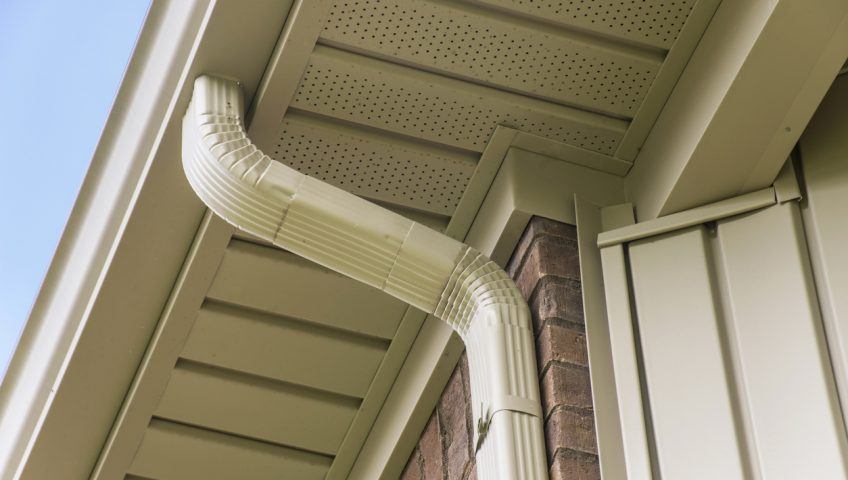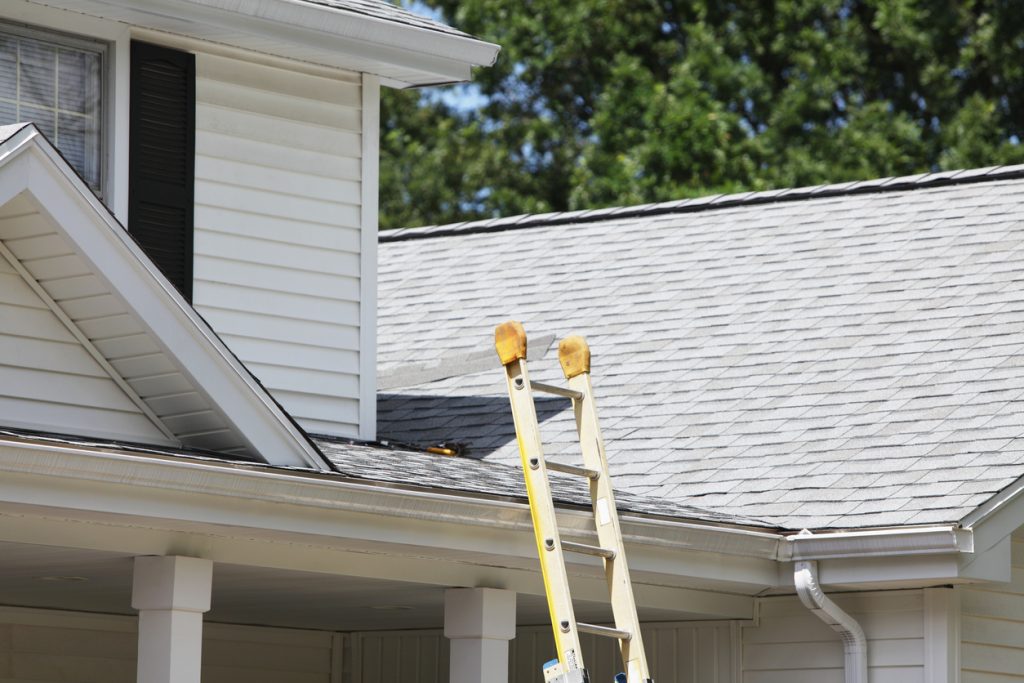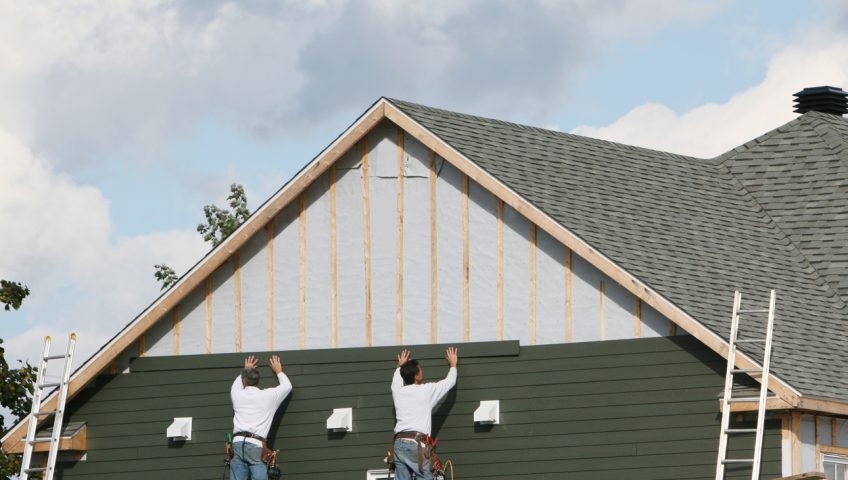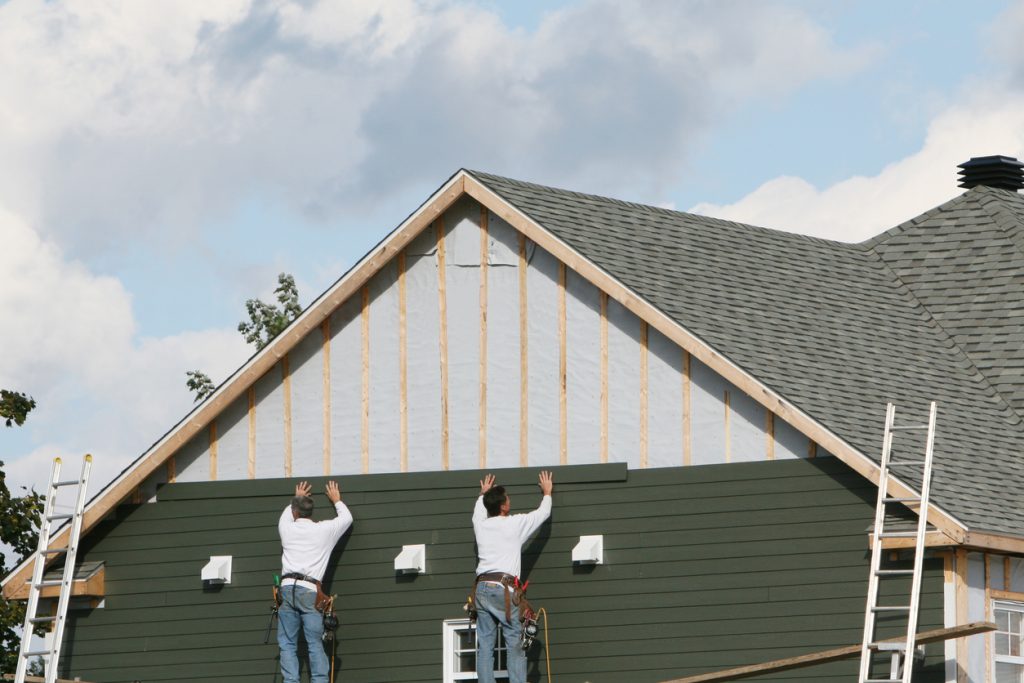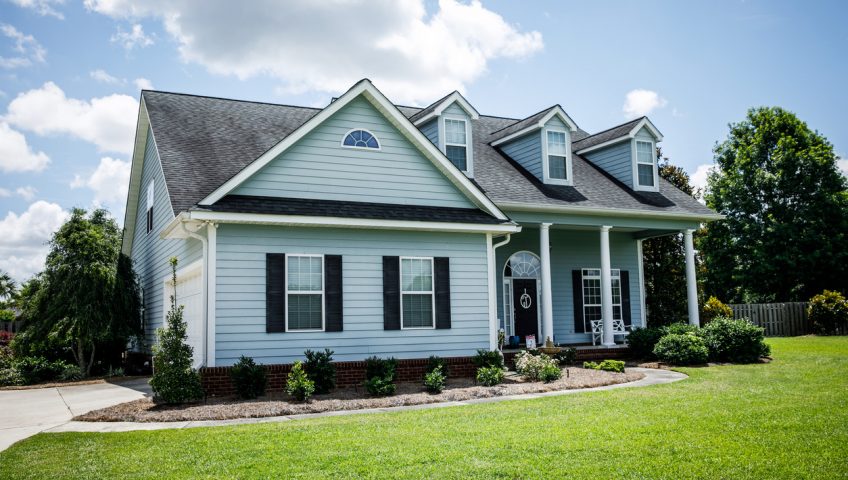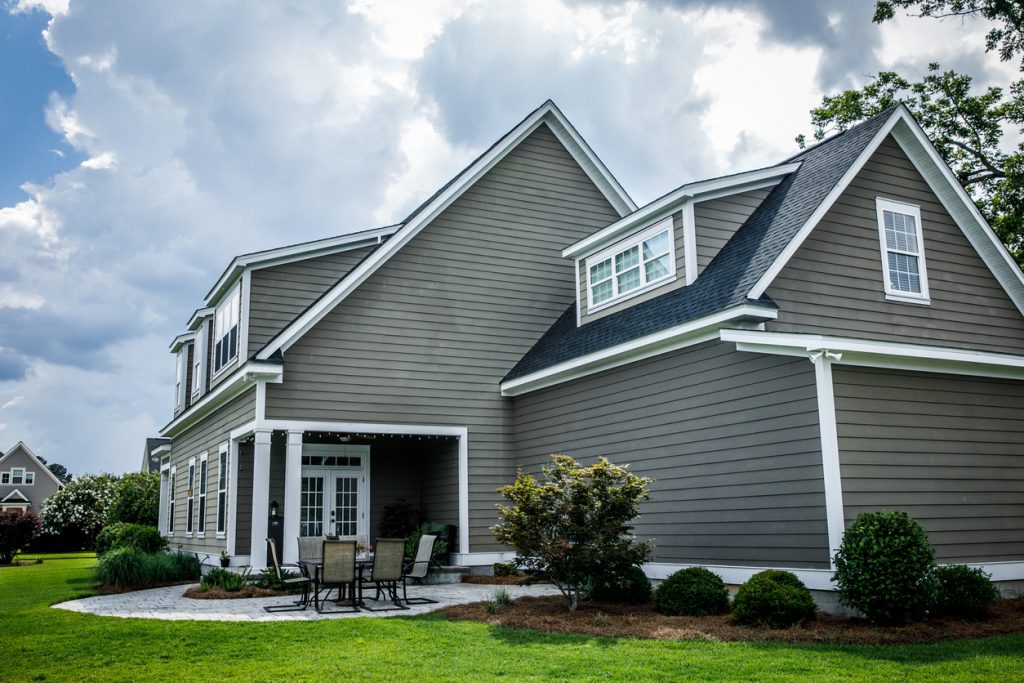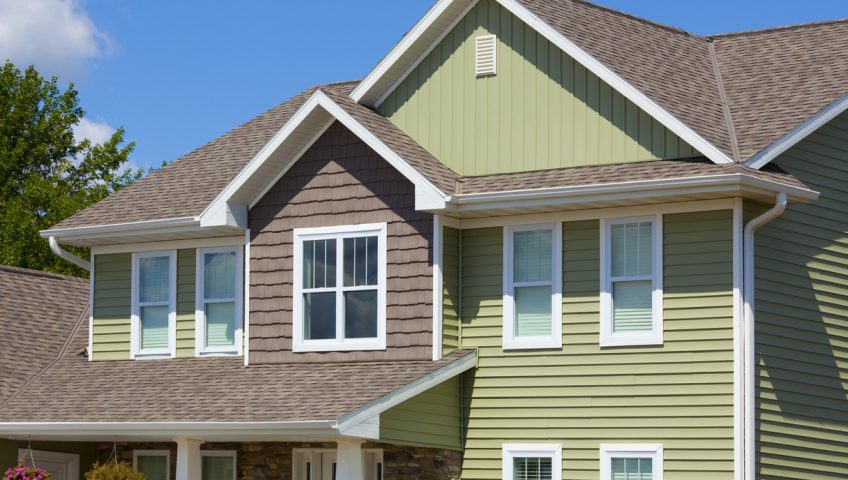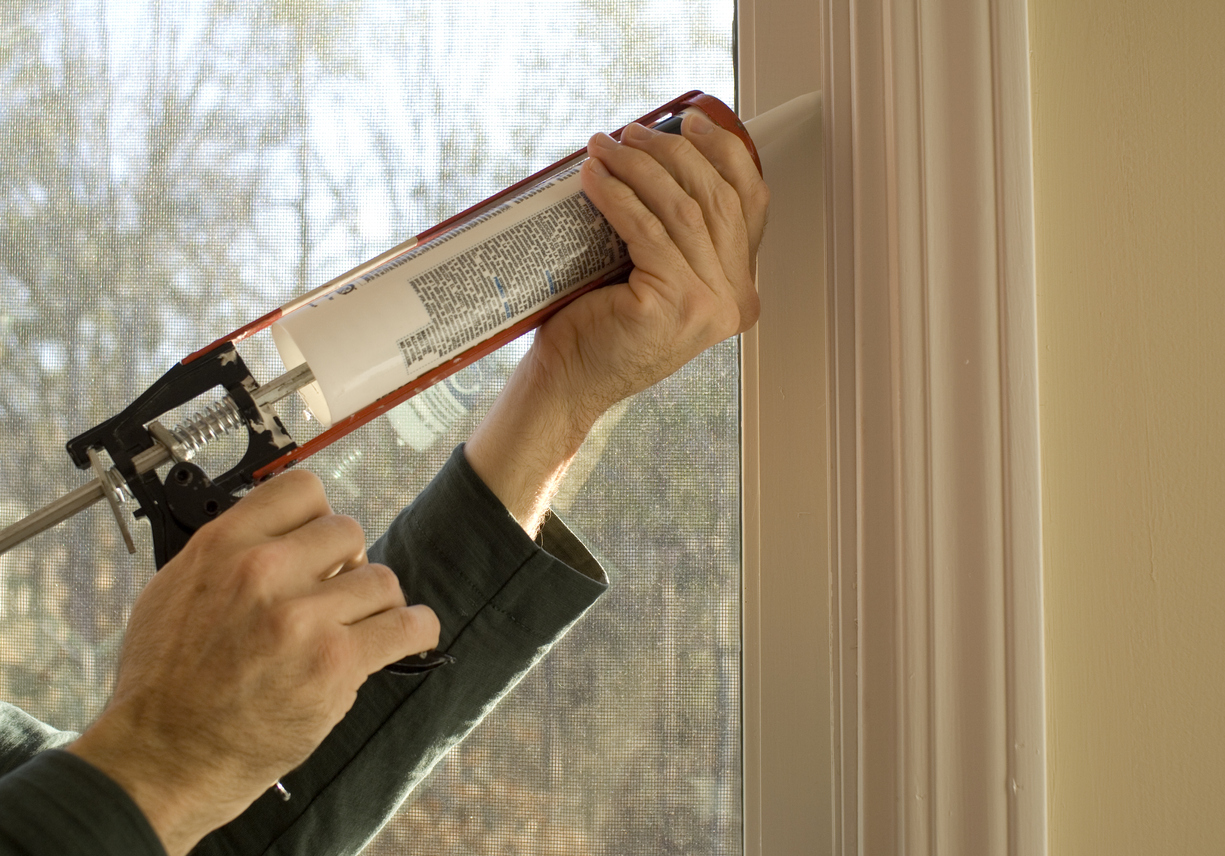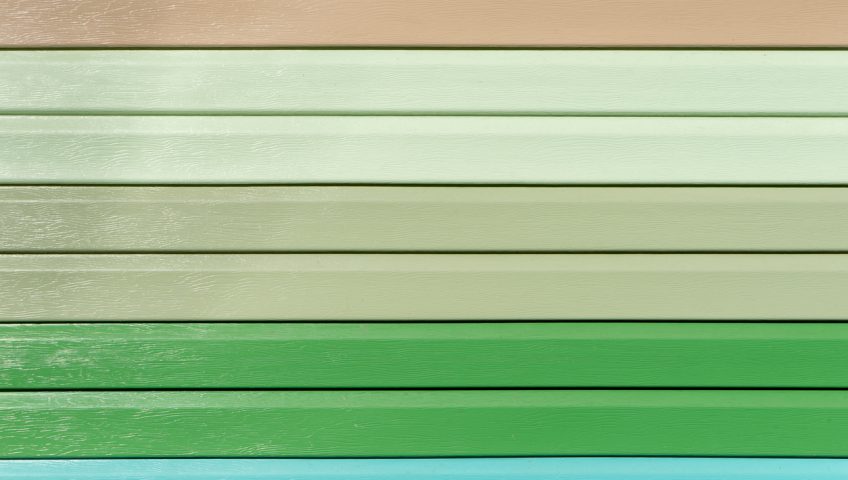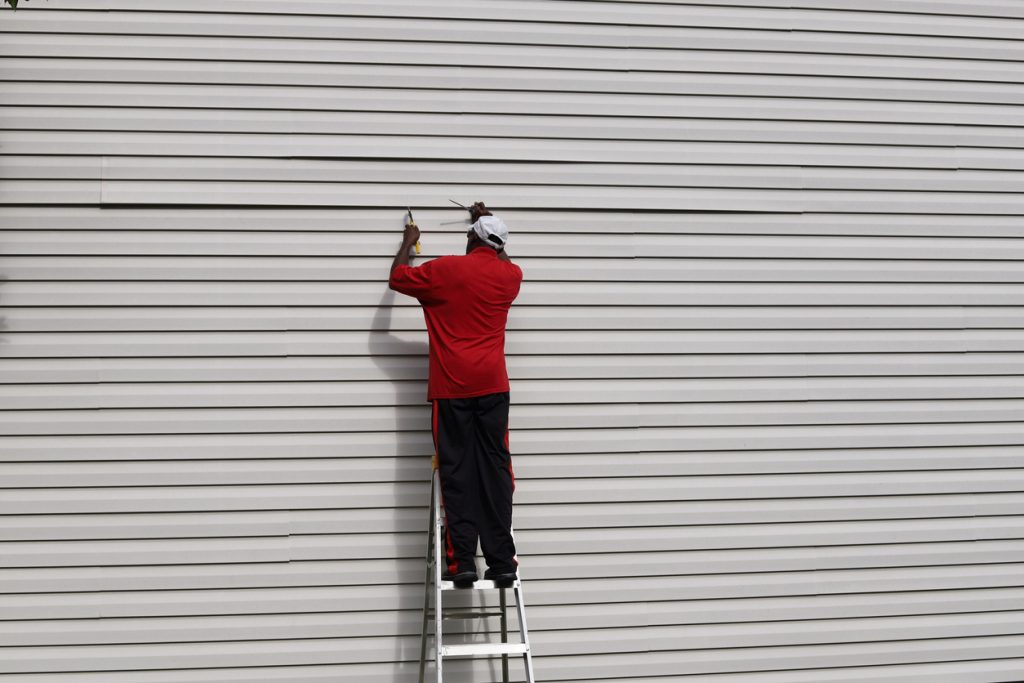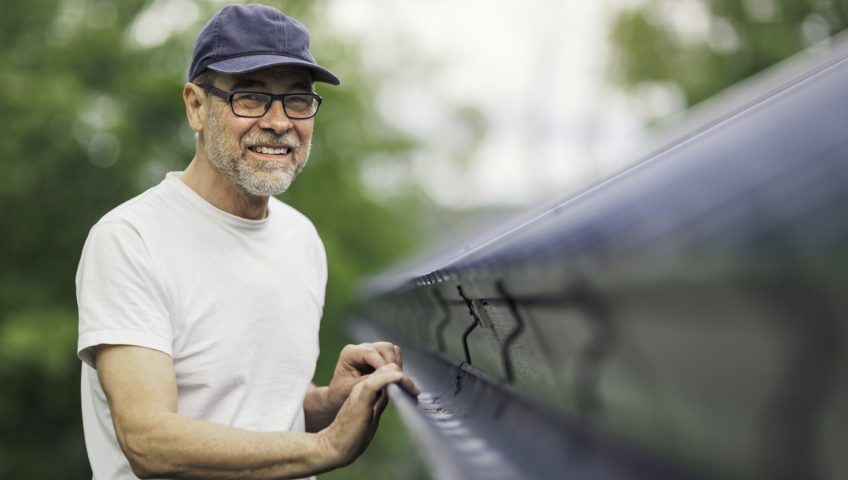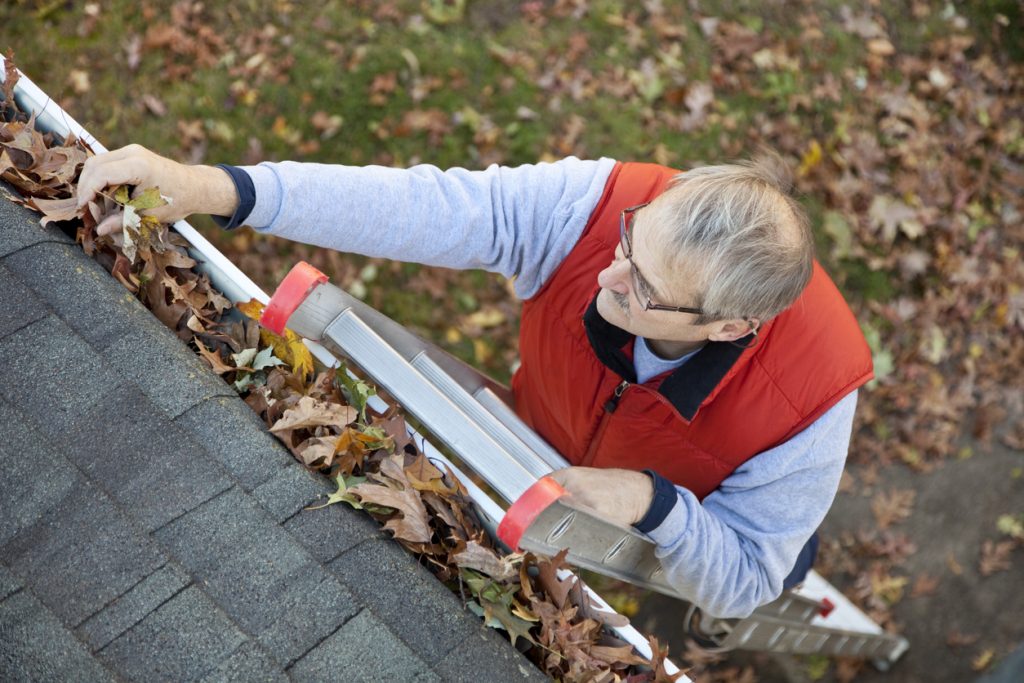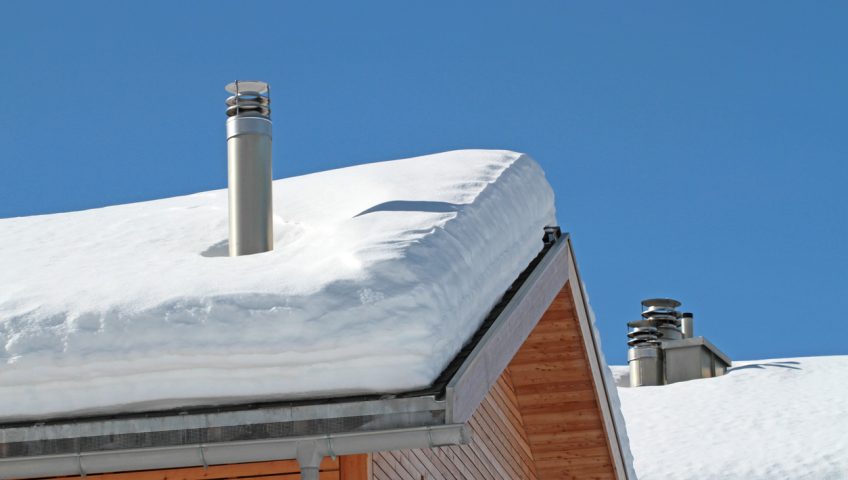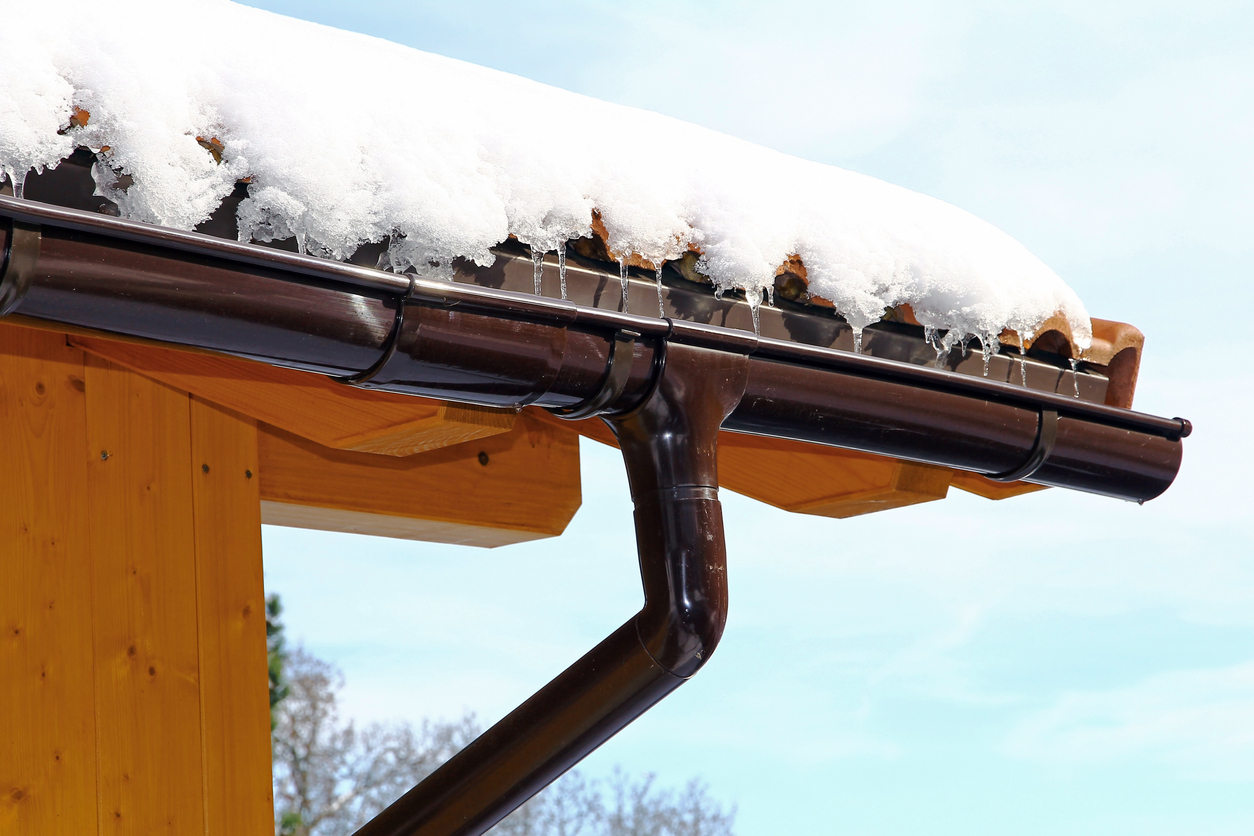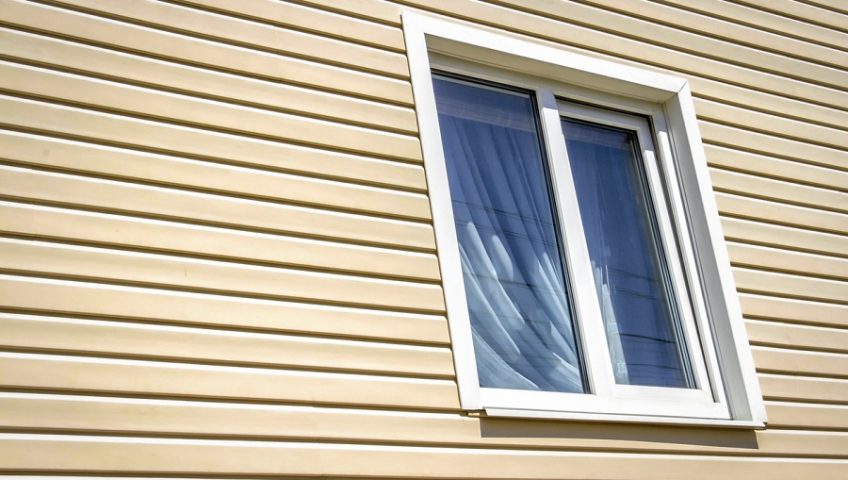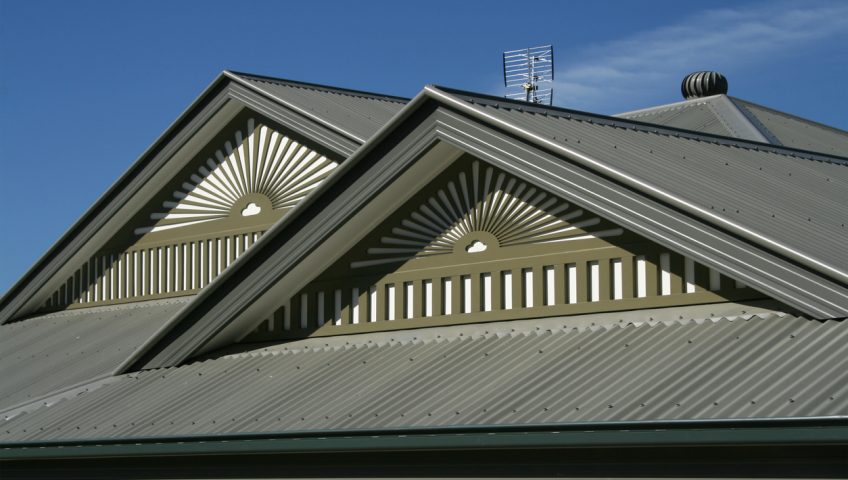Siding repair involves fixing or restoring damaged exterior cladding on buildings, such as replacing broken panels, addressing weather-related issues, and maintaining the overall integrity and appearance of the structure.Neglecting siding repairs can lead to severe consequences such as moisture damage, energy loss, and decreased property value. Properly maintaining and repairing siding in Calgary ensures the protection of homes and buildings from the harsh weather conditions unique to the region. It is crucial to address any siding issues promptly to prevent further damage and maintain the overall quality of the property.
In Calgary, siding repair plays a vital role in preserving the integrity of residential and commercial buildings. The extreme temperatures, frequent freeze-thaw cycles, and unpredictable weather conditions in the area make it essential to uphold the condition of the siding. Timely repairs not only prevent water infiltration and subsequent mold growth but also enhance the overall aesthetic appeal of the property. By addressing siding issues promptly, owners can avoid more extensive and expensive repairs in the future.
Calgary Siding repair involves unique details that deserve attention. The selection of suitable materials according to the specific climate conditions is crucial. For instance, vinyl siding is a popular choice due to its durability and resistance to extreme temperatures. On the other hand, fiber cement siding offers excellent fire resistance and stability. Additionally, regular inspections and maintenance should be carried out to identify any signs of damage or wear and tear. Professional assistance should be sought for complex repairs and replacements.
Pro Tip: It is recommended to consult with a professional siding repair specialist in Calgary to assess the condition of your property’s siding and provide tailored recommendations for maintenance and repairs. This ensures the longevity and value of your investment.
Common Signs that Your Siding Needs Repair
Common Indicators of Damaged Siding
The signs suggesting that your siding requires repairs include:
- Cracks: Keep an eye out for cracks on your siding surface, as they can allow moisture and pests to enter your home.
- Peeling Paint: When paint begins to peel off, it may indicate underlying problems with your siding, such as moisture damage.
- Warped or Buckling Siding: If your siding appears warped, buckled, or uneven, it may be a sign of moisture infiltration or hidden structural issues.
- Faded or Discolored Areas: Fading or discoloration can signal damage caused by prolonged exposure to the elements.
- Increased Energy Bills: If you notice a sudden increase in your energy bills, it could be due to compromised insulation caused by damaged siding.
- Insect or Pest Infestation: Damaged siding can provide access points for insects and pests, leading to infestations within your home.
Other Noteworthy Details
It is crucial to address these signs promptly to prevent further damage and maintain the visual appeal and structural integrity of your home. Regularly inspect your siding for any signs of wear and tear so that you can take timely action.
Recommended Steps for Siding Repair
To rectify these issues, you can follow the following suggestions:
- Repair or Replace Damaged Siding: Hire a professional to repair or replace the damaged sections of your siding to prevent further deterioration and enhance its longevity.
- Seal and Caulk Gaps: Seal any gaps or cracks in your siding to prevent water infiltration and improve energy efficiency.
- Maintain Proper Drainage: Ensure that your gutters and downspouts are functioning correctly to redirect water away from the siding and prevent moisture-related issues.
- Regular Cleaning and Maintenance: Regularly clean and maintain your siding by removing dirt, debris, and mold or mildew to preserve its appearance and minimize potential damage.
By addressing these common signs of siding damage and following the necessary steps for repair, you can protect your home from further deterioration and maintain its overall integrity.
Addressing Siding Repair Promptly
Text: Siding repair in Calgary: Everything you should know
Siding repair in Calgary is a crucial aspect of home maintenance. Addressing siding repair promptly is essential to prevent further damage and maintain the aesthetics of your home. When it comes to siding repair in Calgary, it is important to understand the various aspects involved.
One important factor to consider is the type of siding material used in your home. Calgary experiences harsh weather conditions, including heavy rainfall and extreme temperatures, which can cause wear and tear on the siding. Knowing the specific material of your siding will help determine the most effective repair methods.
Additionally, it is crucial to identify the signs of siding damage. Cracks, warping, and fading are all indications that repair is needed. Ignoring these signs can lead to more severe problems, such as water infiltration, mold growth, and structural damage.
To address siding repair in Calgary effectively, it is recommended to seek professional assistance. Skilled and experienced siding contractors have the knowledge and expertise to assess the extent of the damage and provide appropriate repair solutions. They can also ensure that the repair work is done efficiently and effectively, saving you time and effort.
Addressing siding repair promptly is like hiring a therapist for your house – because sometimes even walls need a good listen.
Engaging Siding Experts for Repairs
Engaging Siding Professionals for Repairs
When it comes to fixing your home’s siding, it is essential to enlist the help of skilled and knowledgeable siding experts. These professionals possess the expertise and experience necessary to handle any repair task efficiently. By engaging siding experts for repairs, you can ensure that the job is done right the first time, saving you both time and money.
Siding experts have a deep understanding of the various siding materials available in the market and can recommend the most suitable option for your specific needs. They can assess the damage and identify the underlying causes to provide effective solutions. Additionally, these professionals have access to specialized tools and equipment that enable them to complete the repairs with precision and accuracy.
One unique advantage of engaging siding experts for repairs is their ability to offer valuable advice and guidance throughout the process. They can educate you on proper maintenance techniques and suggest preventive measures to prevent future damage. By following their recommendations, you can extend the lifespan of your siding and avoid costly repairs in the long run.
It’s important to note that the information provided in this article is sourced from “What You Need to Know About Siding Repair in Calgary.” This source is a reliable and informative reference for homeowners in Calgary seeking to understand the importance of engaging siding experts for repairs.
What You Need to Know About Siding Repair in Calgary:
- ✅ Proper siding maintenance is essential for preserving the structural integrity of your home and avoiding costly fixes down the road.
- ✅ Damaged siding, even if seemingly minor, can compromise your home’s curb appeal and allow moisture to seep in and cause water damage.
- ✅ Calgary homeowners have a wide range of siding options to choose from, including vinyl siding, wood siding, cedar siding, and metal siding.
- ✅ Even vinyl siding, known for its durability and low maintenance needs, can suffer damage over time and may require professional repair.
- ✅ Signs that your home may need siding repair include hidden dry rot, increase in cooling and heating bills, over-painting of the home, loose or cracked siding, and subtle signs inside your home such as loose wallpaper and peeling paint. (Source: Team Research)
FAQs about What You Need To Know About Siding Repair In Calgary
Q: Why should siding repair be high on my priority list for maintaining my home’s exterior?
A: Siding repair is crucial for preserving the structural integrity of your home and avoiding costly fixes in the future. Damaged siding can compromise your home’s curb appeal and allow moisture to seep in, leading to water damage and potential issues like mold growth or structural instability.
Q: What are the consequences of delaying siding repairs?
A: Delaying siding repairs can lead to further issues, such as roof leaks, water damage, and reduced energy efficiency. It’s essential to engage in regular exterior maintenance and promptly address any siding concerns to ensure your home remains in optimal condition while enhancing its curb appeal.
Q: How can I detect hidden dry rot in my siding?
A: Dry rot, which can cause significant damage, often goes undetected as it cannot be seen by the naked eye. To detect hidden dry rot, tap on your siding with a rubber handle. If you hear a hollow noise, there’s a good chance you have dry rot. It is recommended to consult a roofing and siding expert immediately if you suspect dry rot.
Q: What are the signs of underperforming siding and insulation?
A: One of the signs of underperforming siding and insulation is a noticeable increase in cooling and heating bills. If your bills are higher than normal, inspecting your roof and attic can rule out other causes. If the issue persists, getting a siding inspection is recommended. Additionally, feeling drafts near walls and windows is another indication of underperforming siding and insulation.
Q: How can I determine if my home needs a siding replacement?
A: If you find yourself needing to repaint your home every five to six years or notice severe fading in the color of your siding, it indicates a problem with your siding. Peeling, chipping, or cracking paint are also signs that a siding replacement may be necessary, rather than just a new paint job.
Q: Why is it important to address loose or cracked siding?
A: Loose or cracked siding should be addressed sooner rather than later, regardless of the extent of the damage. Leaving damaged siding can lead to further harm, potentially causing water to seep behind the damaged pieces. It’s best to replace any broken, loose, or cracked siding to prevent further issues and maintain your home’s integrity.
Alpine Exteriors – Siding and Roofing 148 Fairview Dr SE, Calgary, AB T2H 1B2 +14032427868

